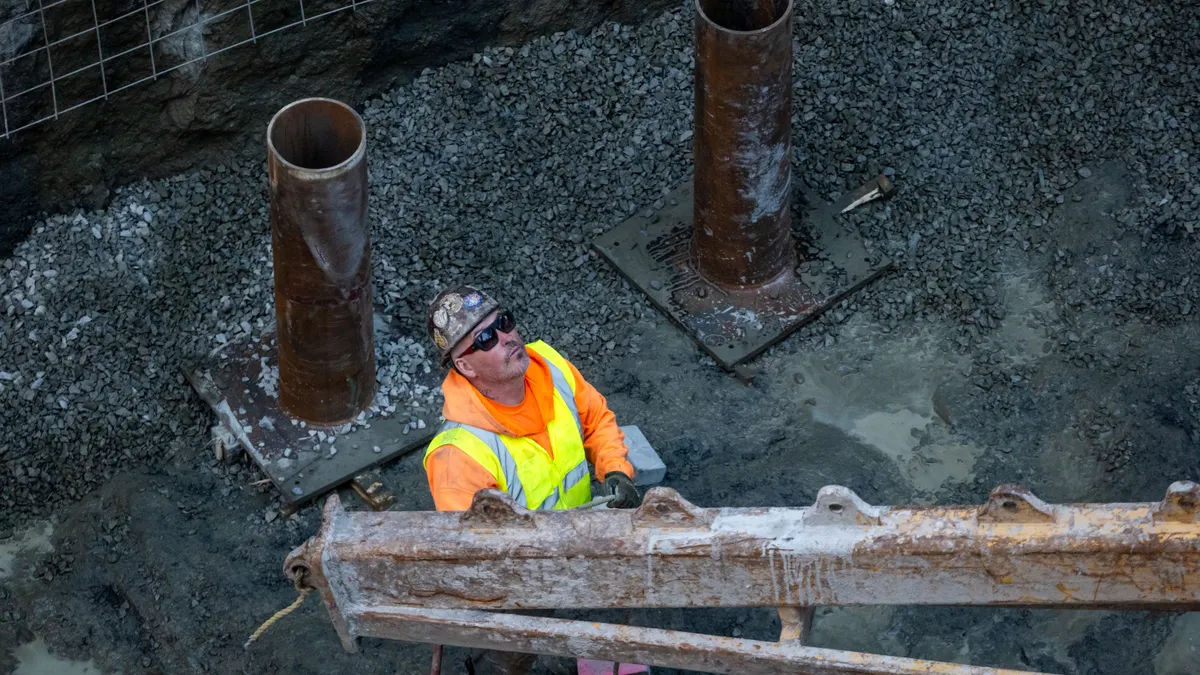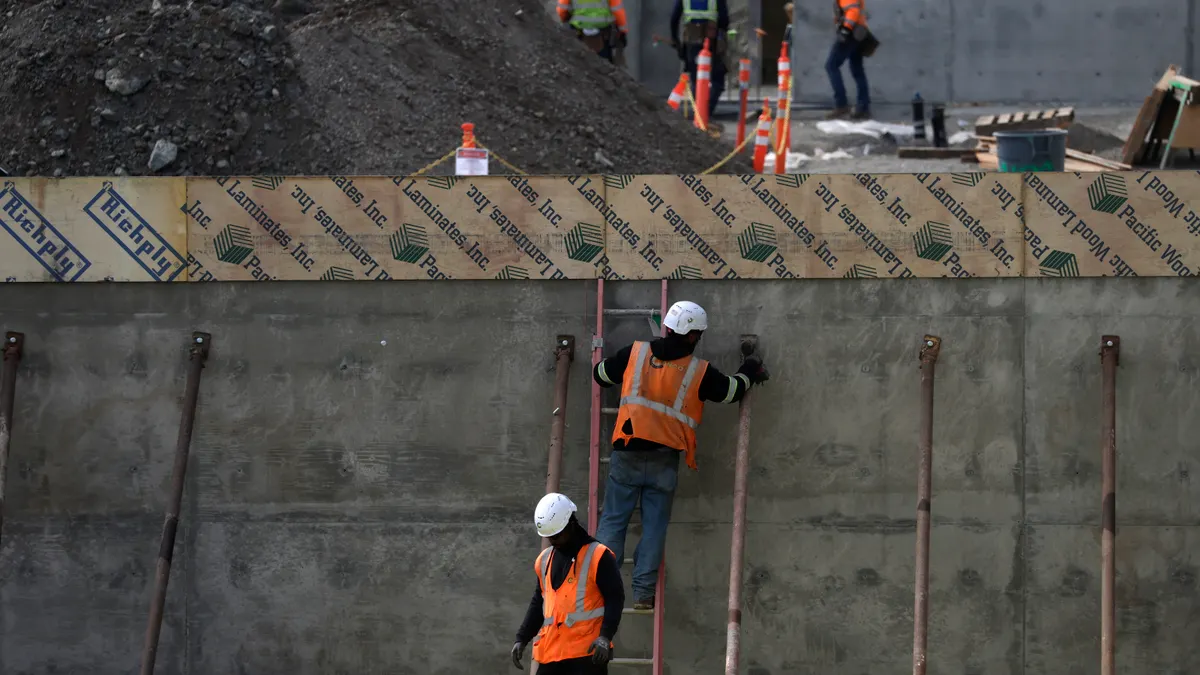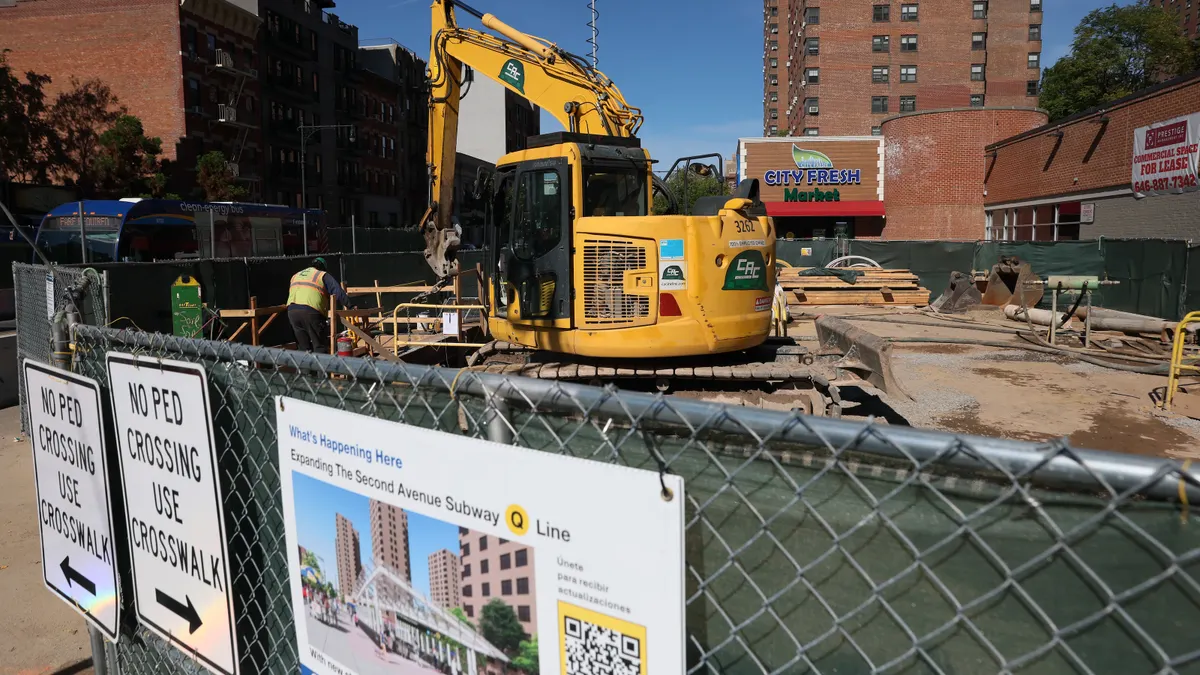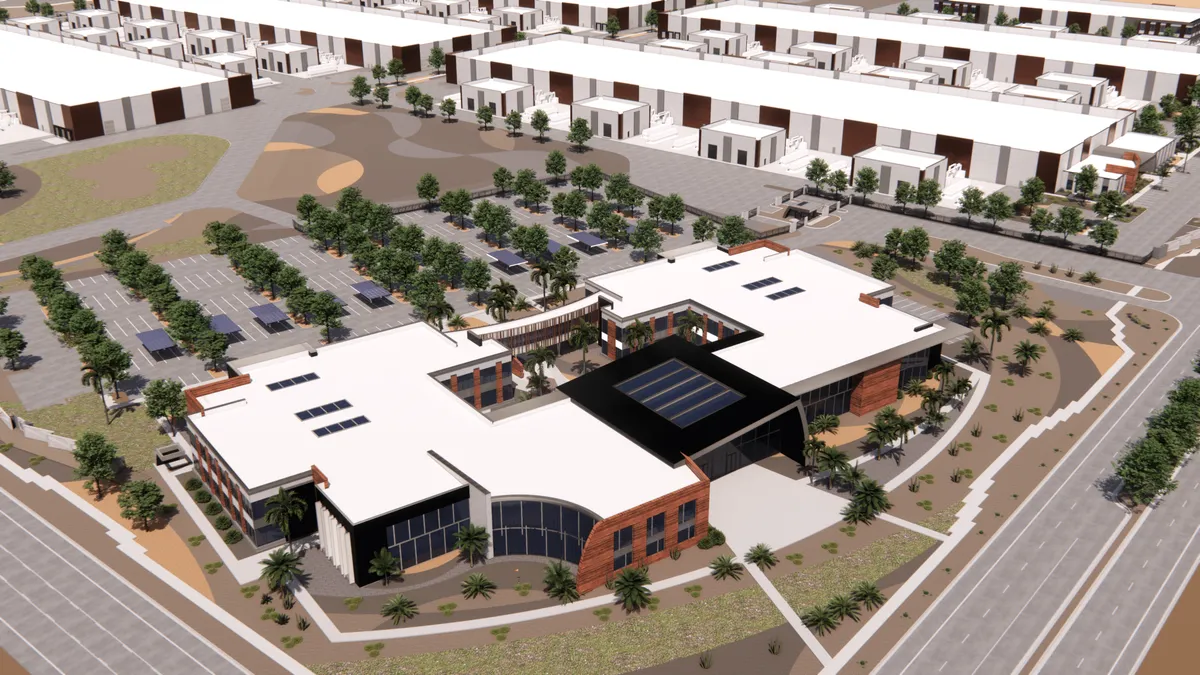If there’s one thing the homebuilding industry is unsure of, it’s what to do about millennials. The generation of new and soon-to-be homebuyers has gotten plenty of press for how they’ve chosen to live — with their parents, with roommates, in luxury downtown apartments — to how they spend their money — on experiences, on avocado toast … and not on housing. Right? Maybe not, at least on that last part.
At PCBC, held this week in San Diego, feelings were still surprisingly mixed about whether this group would ever take to homeownership in numbers as big as they have the potential to.
The millennial generation is a big group. Between the ages of 18 and 34 in 2015, their birth years span the Reagan Administration to Windows 95. So, it shouldn’t come as much of a surprise that, when taken together, the group is something of an enigma as far as their current and future homebuying decisions are concerned.
One way to crack the code: segmentation. During a presentation at PCBC, John Burns, CEO of John Burns Real Estate Consulting, discussed his firm's research on the factors shaping how millennials and other generational groups have taken to housing.
Burns discussed their "4-5-6 rule," through which four external influencers of historical housing trends — government policies, economic cycles, new technologies and societal shifts — are evaluated based on the life stage of the consumer groups affected, of which there are five, broken down further by decade born, as one way to help better relate historical events to consumer behavior. That means that the millennials born in 1997 are being looked at through a different lens than those born in 1981. The "6" represents the how, what, when, where, who and why–type consumer behavior questions to be asked in that analysis.
We sat down with Burns to learn more about how builders can use this process to understand how millennials will approach homebuying and to better reach them.
One thing the decade-based method addresses is the difference within the millennial generation, as well as relative to other groups. What are some of the biggest differentiators?
BURNS: Millennials get a bad rap. Those born in the 1980s had some really bad luck — getting borrowed up with student debt and then going into the Great Recession. That was not their fault. How they've responded is pretty impressively, if you ask me. [Our research draws] the parallel [from this group to] those born in the 1950s — the Gates and the Jobs. They found ways to circumvent middle men. They're doing a lot of really cool stuff to change the world, and people are still running around talking about them living with their parents.
The folks born in the '90s are all using debit cards instead of credit cards. They saw the decimation that could happen to you with debt. It didn't hit them, but it hit their parents, and so they're behaving a lot like Warren Buffett's generation — very conservative. Maybe that's an oversimplification, because they also are willing to spend money on experiences.
So these younger millennials are more conservative in general but still want value-adds and experiences?
BURNS: It's hard to generalize, but compared to their parents, they're less willing to take on a lot of debt. If they can qualify for a $300,000 mortgage, more of them will go for $250,000, just so they're not stretched to the hilt and they can still take a vacation, have their Netflix subscription and all these other things.
On the other side of the market right now is the active-adult category. Can a smart builder reach both active-adult and millennial-focused entry-level with the same product?
BURNS: We see 'surban' developments serving both. 'Surban' housing is not age-targeted, but it is generally high-density, relatively expensive and walkable to restaurants [and other amenities]. You're finding unmarried millennials in their early 30s who are making a lot of money buying there — though 'surban' tends to be more rental than for-sale — and then empty nesters buying in the exact same place. When you move out to the suburbs, there is a little bit of that 'surban.' However, that [traditional suburban buyer] is looking more for floorplan differentiation than they are for location. So, 55-plus tends to be looking for a little more of a master bedroom, things that are better for their generation. The younger buyer tends to be looking for a better price per square foot.
The 4-5-6 rule also looks at the impact of social factors — such as when and how people have children and women’s involvement in the workforce — on housing. How are those shifts being reflected in the product offered?
BURNS: That's a question I keep asking, and I am waiting for good answers. The answer I get has been, 'Well, we've always known that it's the woman who makes the homebuying decision.' That's how they do it, and they tell me that really hasn't changed. My reply is, 'OK, is what she's looking for changed?'
Some things that I think have changed: Everybody still wants the great kitchen to cook in, but more practically it's the big countertops they want because they're doing take-out. We’ve found that buyers are still looking for dining rooms. That kind of surprised me because I've seen some new-home communities that have dropped the dining room to cater to somebody who's more value-per-square-foot oriented, and they have been pretty successful in doing so. The biggest shift is to be closer to work and back and forth to the school and all sorts of things. I think parents are [more] involved in raising the kids. But for [more women] being the breadwinner, I think it's even more vital that she's not spending an hour a day on the road commuting.
Does that mean millennials aren’t willing to go farther out to find something they can afford?
BURNS: Society led by the millennials is shifting more toward valuing time. Someone who makes enough to afford to live in a surban environment is going to be living there. Those that can’t are being forced to the exurbs. A high proportion of that group is willing to rent and stay closer-in than become homeowners. That's one of the reasons the outlying areas haven't come back.
Another shift is that it's now OK to rent. Twenty-three years ago, you were kind of a deadbeat if you were married and in your 30s or 40s and renting. People don't feel that way anymore.
A big takeaway from your 4-5-6 analysis was that builders need to get better at market research and using that data to make decisions. What do you think today's builders are getting wrong about that process?
BURNS: They're letting their construction superintendents drive what goes into the house. I'm not saying that is completely wrong, but [superintendents are often] focused on how fast can we build the house. There's some resistance on the construction side to try things that are new. Having better data helps you determine what should go into the house and what the customer will pay for, instead of just guessing. It should improve your profits substantially. Now, if it also takes you three months longer to build the house as a result, maybe those extra costs erase the other profits.
One question we’ve been asking around the show is: Do you think we've 'cracked the code' on millennials and their homebuying habits?
BURNS: The code I think we’ve cracked is that we can do the math now. We know where the demand is, and we created a framework for understanding how things are going to shift. If we get a new immigration policy or a new mortgage policy, that's going to impact millennials different than Gen X, different than boomers. That is a framework to have a conversation as opposed to the way everyone is having it now, which is to talk in general about a topic as if everybody is in the same stage of life, and they're not.
Another question we've been asking everyone: What do you think is the biggest challenge facing the homebuilding industry today?
BURNS: The labor shortage. We had three decades of [Latin American] immigration into the US. The average construction worker today makes $26 an hour. Inflation adjusted, a construction worker made $32 an hour in 1972, so before all this immigration, people made 20% more than they do today. That's our new world, we don't have the immigration, so construction [wages] need to go up 20% just to get back up to what they used to be to attract American-born workers into construction. Now, American-born workers are more likely to have gone to college, and they know housing is a cyclical business, so they're going to need to be paid more than [$26 per hour]. You're going to see wages increase for construction 20% to 30% over the next [few years].
How will the industry adapt to that? In the commercial sector and for non-U.S. homebuilding companies, that has driven the use of streamlined construction methods like offsite.
BURNS: Labor [costs] need to go up another 20% to 30% across the line for the industry to say OK, it's going to be cheaper to [build homes] in factories. Most of the builders don't want to spend the money to be the innovator. It’s not going to be the largest homebuilders in the country that solve this problem, it's going to be others. The large builders may then purchase their services or [start] copying it and doing it themselves, but they're going to let someone else [build it first].





















